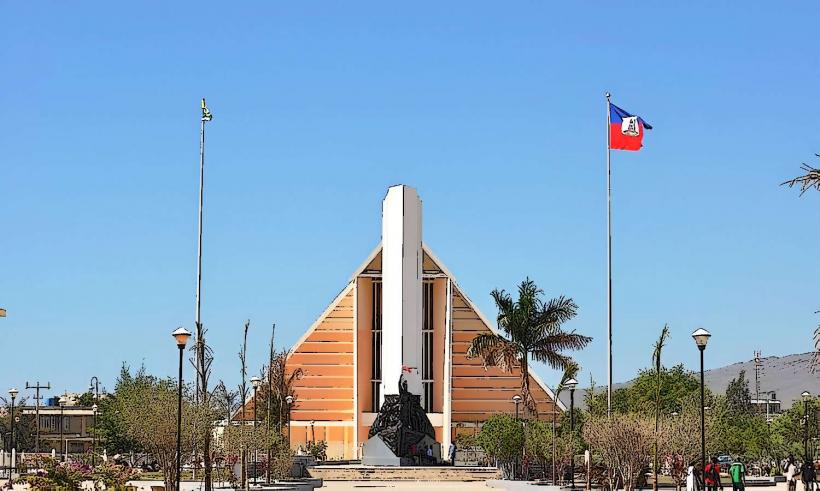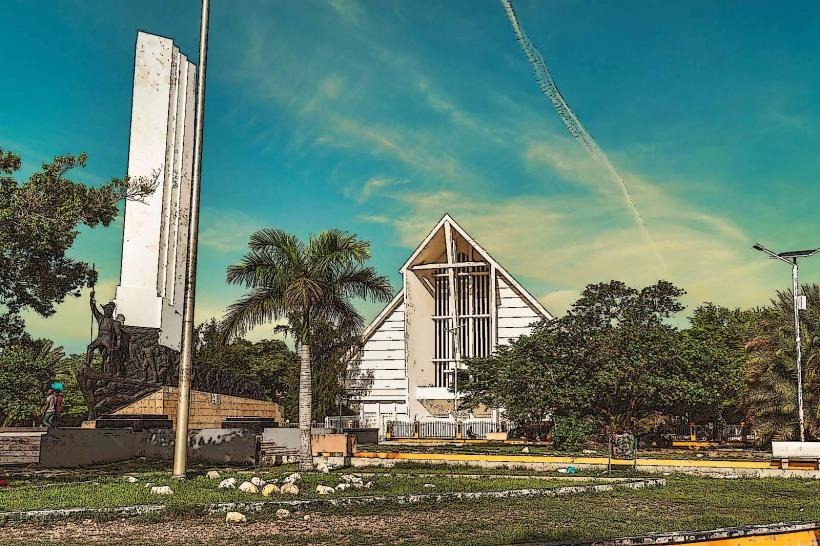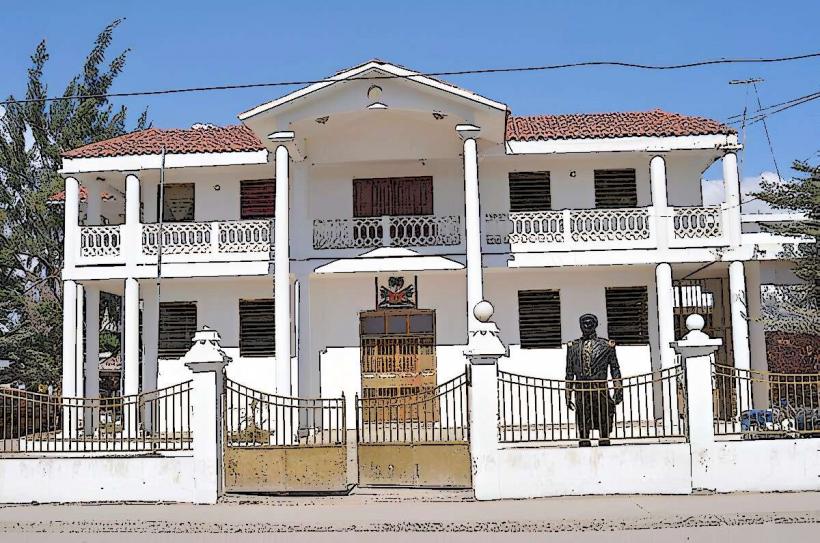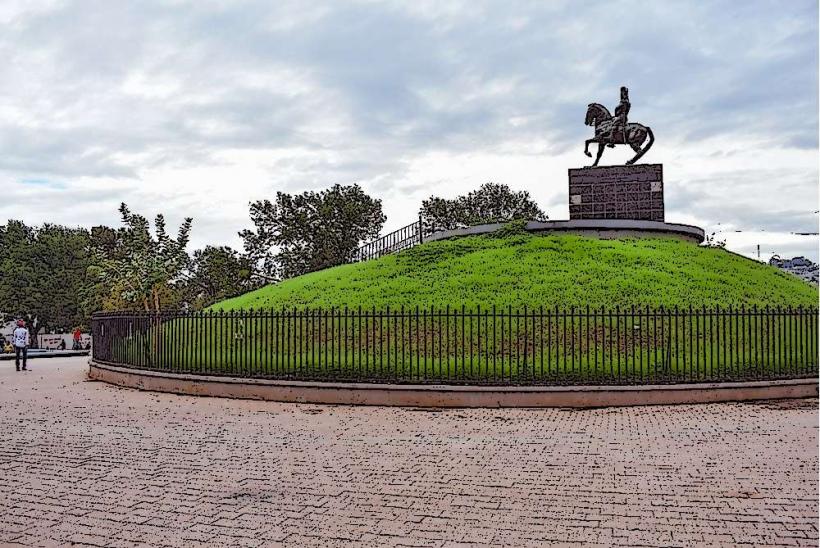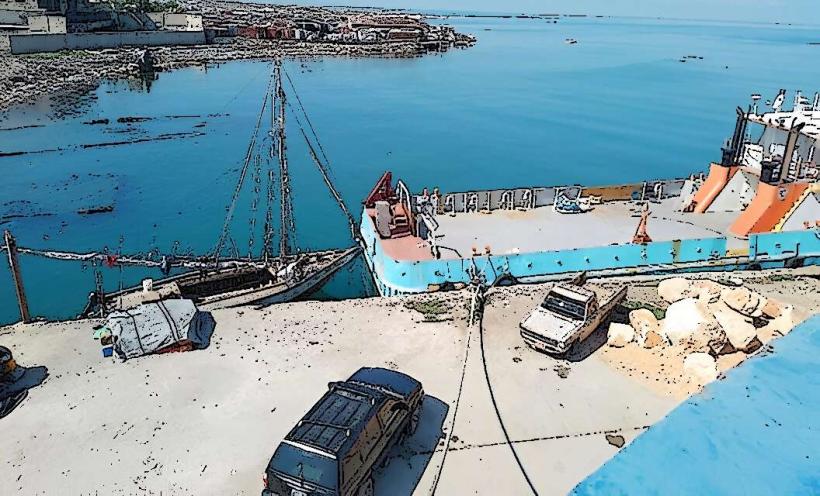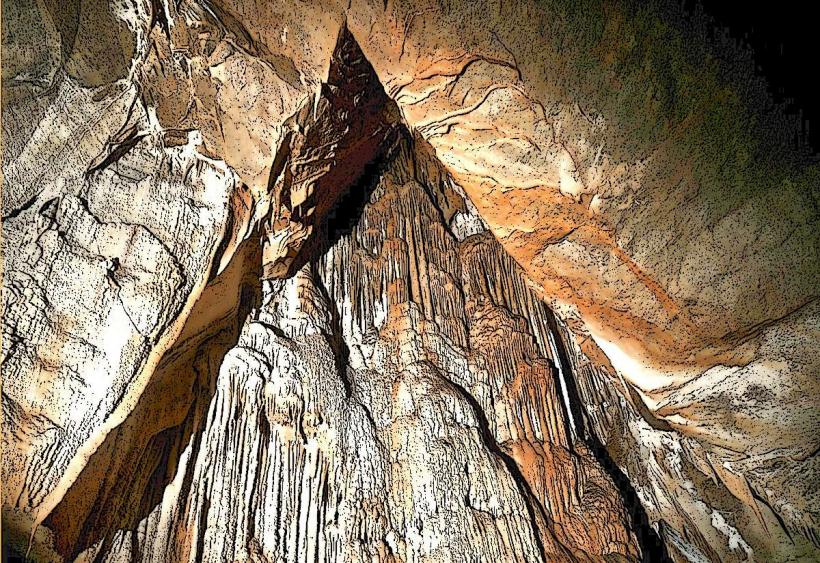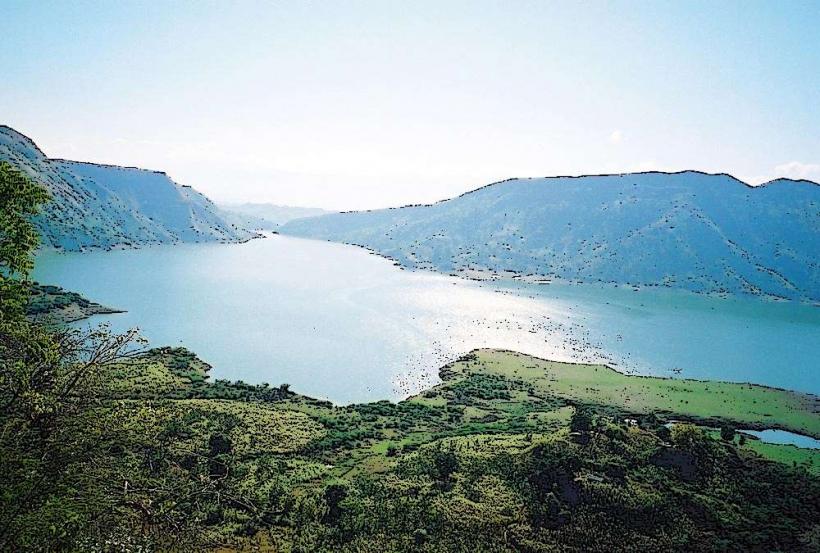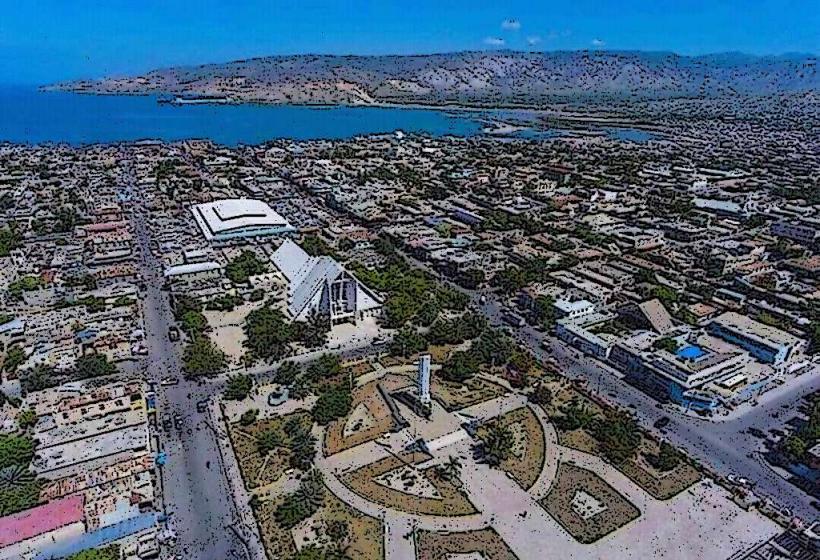Information
Landmark: Gonaïves LakeCity: Gonaives
Country: Haiti
Continent: North America
Gonaïves Lake: Overview and Significance
Lake Gonaïves (Lac de Gonaïves) is a significant natural feature located in northwestern Haiti, near the city of Gonaïves, which is the capital of the Artibonite Department. This lake plays an important role in Haiti's geography, economy, and history, particularly as a source of water and agricultural irrigation, as well as a site with cultural and historical relevance.
Geographical Location
Location: Lake Gonaïves is situated in the Artibonite Valley, northeast of the city of Gonaïves and south of the Atlantic coastline. The lake is located at approximately 19 meters (62 feet) above sea level, within a relatively flat terrain.
Coordinates: The approximate coordinates of Lake Gonaïves are 19.4°N latitude and -73.4°W longitude, putting it in the central-western part of Haiti.
Size and Depth: The lake is moderately sized, with an area of about 55 square kilometers (21 square miles). It is relatively shallow, with an average depth of 2 meters (6.5 feet). The lake's size and depth vary depending on the season, as it is subject to the effects of seasonal rainfall.
Hydrological and Ecological Features
Lake Gonaïves is part of the larger Artibonite River system, and it is crucial for the local ecosystem and farming communities in the surrounding region.
Water Source and Irrigation: The lake is fed primarily by the Artibonite River, which flows into the lake from the mountainous regions to the north. The lake serves as a critical water reservoir for irrigation purposes, especially in the Artibonite Valley, which is one of Haiti's main agricultural regions. Farmers rely on the lake's water to irrigate crops such as rice, corn, and beans.
Flora and Fauna: The lake and its surrounding wetlands are home to a variety of plant and animal species. While the lake itself is not known for having a diverse range of aquatic life, the surrounding wetlands and marshy areas are important for birdlife and fishing activities. It is particularly significant for local communities that rely on the lake for fishing.
Historical and Cultural Significance
Lake Gonaïves holds cultural and historical importance in the context of Haitian history, particularly as it relates to Haiti’s fight for independence and its agricultural economy.
The Haitian Revolution: The city of Gonaïves and its surrounding areas, including Lake Gonaïves, are historically significant for their role in the Haitian Revolution (1791–1804). The city of Gonaïves is where the first battle of the revolution took place when Toussaint Louverture and his forces began their fight against the French colonists. The lake itself, however, was not the central focus of the battles but was a nearby natural feature that saw activity in the surrounding region during the revolutionary period.
Agricultural Importance: As one of the primary agricultural hubs of Haiti, the Artibonite Valley and Lake Gonaïves have been integral to the country's agricultural economy for centuries. The lake has served as an important resource for the local farming communities, helping to sustain the valley's role as the “breadbasket” of Haiti.
Cultural Heritage: Local festivals and cultural activities often take place in the vicinity of Lake Gonaïves, drawing upon the lake's significance for the local people. The lake and the surrounding areas have a long-standing cultural connection to Haiti’s agricultural practices and way of life.
Challenges and Environmental Concerns
Like many water bodies in Haiti, Lake Gonaïves faces several environmental challenges, particularly related to its sustainability and the impacts of human activity on its health.
Pollution: Over the years, the lake has been subject to pollution from agricultural runoff, deforestation, and waste disposal. The use of chemicals and fertilizers in nearby farming activities can negatively affect the water quality of the lake, making it less suitable for both irrigation and fishing.
Climate Change and Water Levels: The lake is susceptible to seasonal fluctuations in water levels, with the rainy season often bringing increased water volume, while the dry season can result in lower water levels. Additionally, the impacts of climate change, such as droughts and heavy rainfall, can significantly alter the lake’s ecosystem, affecting its role in irrigation and fishing.
Deforestation: The region surrounding Lake Gonaïves has experienced deforestation, which contributes to soil erosion and affects the quality of water flowing into the lake. The lack of adequate reforestation efforts exacerbates these issues.
Economic Role of Lake Gonaïves
Lake Gonaïves is an important economic resource for the local population, particularly in terms of agriculture and fishing.
Fishing: Local fishermen rely on the lake for freshwater fishing. The lake's shallow waters provide a habitat for various species of fish and aquatic plants, which support the local fishing economy. However, overfishing and water pollution pose significant challenges to sustaining the fish population.
Agriculture: The lake plays a vital role in irrigation for farmers in the Artibonite Valley. The fertile lands around the lake are crucial for growing a variety of crops, including rice, beans, corn, and vegetables, which are key to the food security and economic stability of the region.
Tourism and Visitor Experience
While Lake Gonaïves is not a major tourist destination, it has potential as a site for eco-tourism and cultural tourism. Visitors interested in learning more about Haiti’s natural beauty and agricultural heritage may find the area appealing.
Ecological Tourism: The surrounding wetlands and the lake itself offer opportunities for eco-tourism activities, such as bird watching, boating, and exploring the local flora and fauna. However, environmental degradation in the region can impact the quality of these experiences.
Cultural and Agricultural Tours: The lake and its surroundings are deeply connected to Haiti’s agricultural practices. Visitors may find it interesting to learn about the agriculture-based economy of the Artibonite Valley, and the ways in which the lake is used for irrigation and farming.
Preservation and Future Prospects
The future of Lake Gonaïves depends on efforts to preserve its environmental health and ensure that its natural resources are used sustainably. Key actions include:
Water Management: Improved management of the lake’s water resources, including regulating irrigation practices and monitoring water quality, will be critical to maintaining the lake’s role in local agriculture.
Pollution Control: Efforts to reduce pollution from nearby agricultural activities and urban areas are essential for maintaining the ecological health of the lake.
Reforestation and Erosion Control: Protecting the surrounding environment by addressing issues like deforestation and soil erosion will help sustain the lake's ecosystem and improve water quality.
Conclusion
Lake Gonaïves is an important natural resource in Haiti, with a rich agricultural, historical, and ecological significance. Located in the Artibonite Valley, the lake plays a central role in irrigation, fishing, and the broader economic activities of the region. However, the lake faces challenges related to pollution, deforestation, and the impacts of climate change. Addressing these challenges through sustainable practices and preservation efforts will be key to ensuring that Lake Gonaïves continues to serve the local community for years to come.


